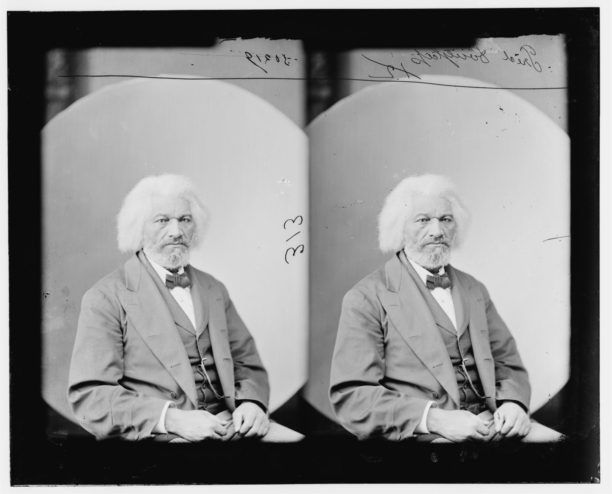March 16, 2021
“It’s one thing to make a picture of what a person looks like,
it’s another thing to make a portrait of who they are.”
— Paul Caponigro
∾
In early 2020, Metta Fund published a photo story collection spotlighting twelve San Francisco elders and how they are renegotiating what it means to grow old. The collection sought to bring awareness to the issues affecting older adults and to tell real stories and show real faces of people in their community. These images show individuals who are active, hopeful, creative, engaged, open and honest.
After the pandemic turned our worlds upside down, five of the elders shared how they were handling the crisis. Their stories were updated and shared in a second installment entitled “Stories of Resilience” and show extraordinary strength despite great adversity.
“In this fast-paced world, where the emphasis is on immediacy, a still photograph stops time.
It gives the viewer a moment to think, to react, to feel.”
— Renée Byer
Similarly, Philadelphia-based Simpson Senior Services arranged for several of their residents to participate in a professional photoshoot. The resulting collection of images gives us a glimpse into each person’s life and their inner soul. The photoshoot required social distancing and masks until the actual photos were taken. However, once they removed their masks and stepped in front of the camera, you were able to see a different side of individuals and get a glimpse of who they have been throughout life. To get to hear their stories and to put it together with images, really helped to break down barriers and reveal a whole other life, personality, struggles, pursuits, talents, inner-spirit, toughness and resolve.
“In photography there is a reality so subtle that it becomes more real than reality.” — Alfred Stieglitz
Everyone has “a front” – a side they want to show to others and want to be seen in favorably to others (think social media – Facebook, Instagram). Photographers, however, can go deeper and help peel away those layers to reveal something deeper, something real and authentic.
Frederick Douglass, born around 1818, was an escaped slave, prominent activist, author and public speaker, and was a firm believer in the power of pictures. He sat for many portraits during his lifetime. He saw photography as a social leveler, something ordinary people could afford. “By distributing photographs of himself posed and clothed in the manner of his own choosing, Douglass provided alternatives to racist, stereotypical portrayals of African Americans.” Douglass believed photography “highlighted the essential humanity of its subjects.”

“We are making photographs to understand what our lives mean to us.” — Ralph Hattersley
The technique of auto-photography, used in identity and self-esteem research, was pioneered in a project where movie cameras were provided to a group of Navajo Indians and they were asked to film and edit images depicting who they were and how they saw themselves. “Auto-photography allows participants the freedom to use their actual surroundings, to pick and choose the people who are important to their self-concepts, and to decide what issues and what objects are the most salient to their construction of self.” Photography can give a chance to think about who you are and express it through images.
When I say I want to photograph someone, what it really means is that I’d like to know them.
Anyone I know I photograph. – Annie Leibovitz
∾
- What pictures would you choose to make meaning of your life?
- How could pictures help you to better know someone else?

Join Email List
Want to stay connected? Join Kendal’s Life Enrichment and Engagement Email List to receive future emails directly.
